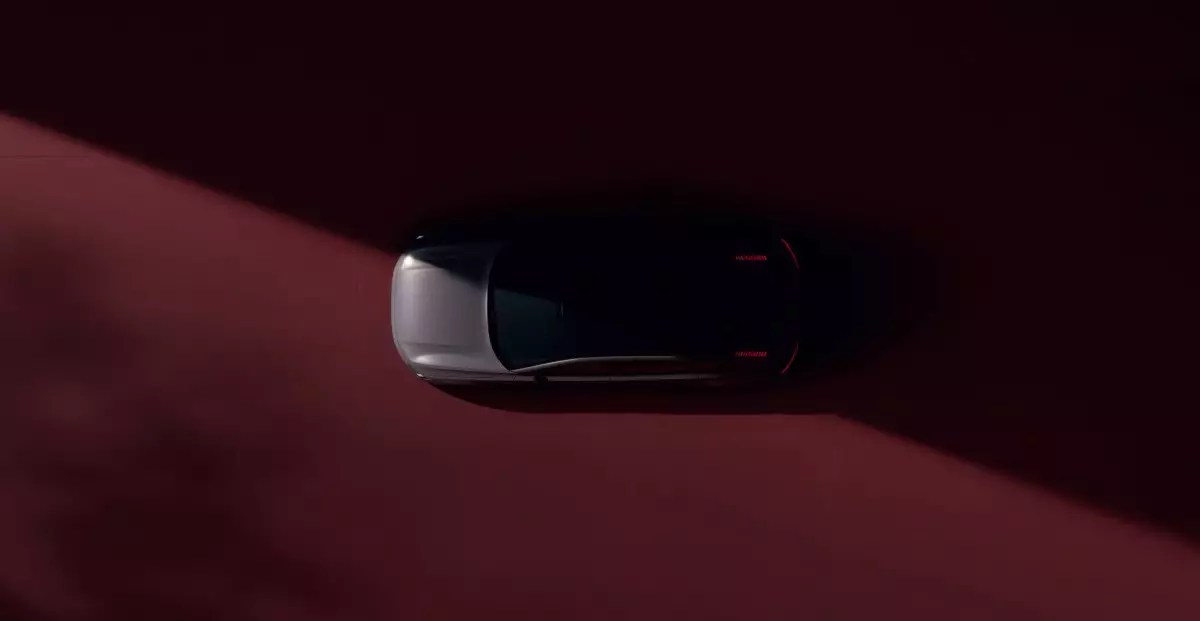The automotive world is witnessing a transformative shift towards electric vehicles (EVs), with manufacturers racing to develop models that blend innovation, safety, and technology. Among the frontrunners in this revolution is Volvo, a legacy automaker with a commitment to both sustainability and advanced engineering. The upcoming launch of the Volvo ES90 underscores this commitment, showcasing the brand’s leap into a new era defined by its proprietary technology stack known as Superset.
At the heart of the ES90’s development is the Superset tech stack, a comprehensive framework that will serve as the backbone for Volvo’s future vehicle lineup. This methodology encapsulates “all modules and functionalities,” setting the stage for a new generation of cars designed with modular engineering in mind. By adopting such a platform, Volvo aims to not only enhance the current capabilities of their vehicles but also ensure their adaptability in the face of rapidly evolving automotive technology.
The ES90 stands out as a significant milestone within this framework. The luxury midsized sedan’s defining feature is its dual Nvidia Drive AGX Orin system-on-a-chip, touted as the most powerful computing platform ever integrated into a Volvo vehicle. With the ability to execute an astonishing 508 trillion operations per second, the Orin processor is poised to enhance real-time processing capabilities across a variety of vehicle functionalities.
The ES90 will leverage the extraordinary processing power of the Nvidia Orin chip to facilitate an array of AI-based safety features that promise to elevate the driving experience. With improvements focused on active safety systems, advanced sensor integrations, and efficient battery management, the ES90 will benefit from enhanced capabilities that address both driver convenience and passenger safety.
Furthermore, Volvo’s commitment to refining its AI capabilities is evident in its deep learning models. The transition from 40 million to 200 million parameters signifies an ambitious leap in processing abilities that ensures continuous improvement in how the vehicle operates. This results in a car that not only meets predefined safety standards but is also continually learning and adapting to improve those standards over time.
Building upon the robust SPA2 architecture, the ES90 is positioned to be a pioneering vehicle, following closely in the footsteps of the EX90. This architecture enables Volvo to create vehicles that are efficient in their construction and adaptable in their features. The seamless integration of the Superset tech stack within this platform serves as a testament to Volvo’s forward-thinking approach, recognizing the need for adaptability in the current automotive landscape.
As evidenced by the setbacks faced during the rollout of the EX90, which suffered delays and missed promised features due to software challenges, the ES90 aims to enter the market equipped with a more refined technological foundation. With over-the-air updates becoming the norm in modern vehicles, the ES90 is set to benefit from a system that allows for ongoing improvements in functionalities, thus ensuring it remains competitive in an ever-evolving market.
Volvo is not alone in this pursuit; the automotive industry is witnessing a paradigm shift fueled by the rapid adoption of connected technologies. Tesla first popularized the concept of vehicles that could be updated and improved over time through software, prompting other manufacturers to follow suit and invest in similar capabilities. As the industry strives to catch up, Volvo’s approach with the ES90 aims to blend luxury with state-of-the-art technology, positioning it favorably against its competitors.
Anders Bell, Volvo’s Chief Engineering and Technology Officer, emphasizes the forward-looking nature of the ES90, highlighting its potential to be one of the most technically advanced vehicles in the market. As automakers continue to innovate, the commitment to producing vehicles like the ES90 reflects not only a shift in engineering but also a broader understanding of consumer expectations in the age of electrification.
As the ES90 prepares to make its debut, it represents not just a singular model but a vision of what is possible when technology, safety, and sustainability converge. The innovative leaps taken by Volvo, particularly regarding the deployment of its Superset technology, pave the way for a future where vehicles are not just modes of transportation but intelligent entities capable of growth and adaptation, setting a high bar for competitors in the electric vehicle landscape.


Leave a Reply